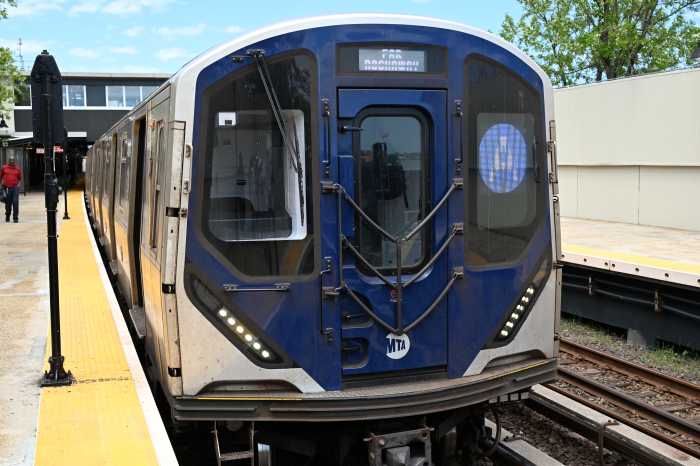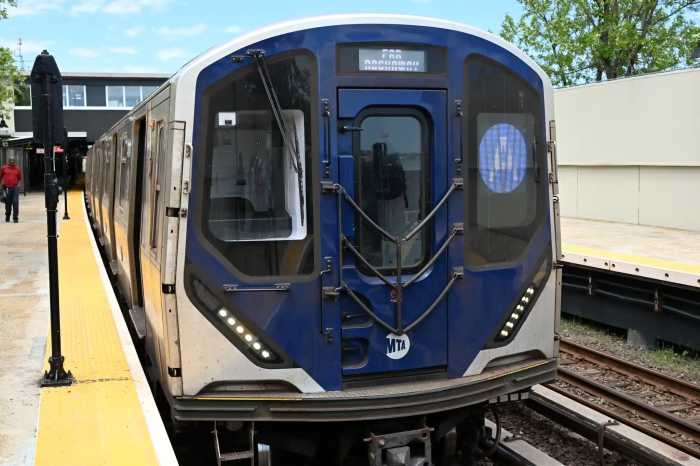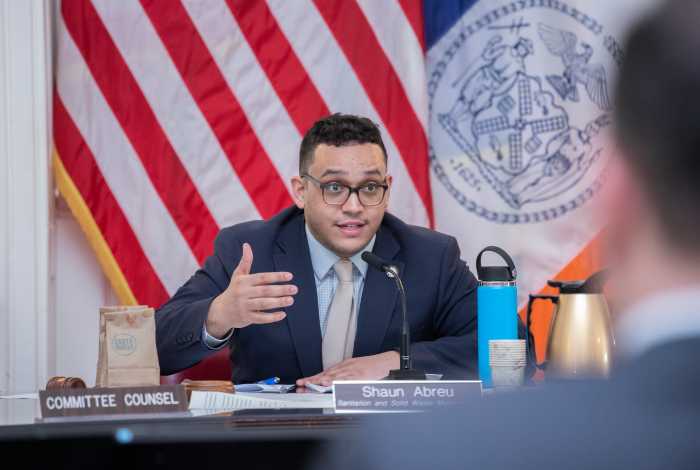The only way out of New York City’s crippling congestion is through a sincere funding of mass transit, officials say.
The renewed push comes after the release of the city Department of Transportation’s Mobility Report on Wednesday, which underscores how New York’s rapidly growing population is choking its streets as tightly as its mass transit network below.
Buses and taxis are struggling to navigate the gridlock, driving down surface-level transit ridership, while the subway system is buckling under a record number of commuters hoping to avoid the mess above.
“The report’s conclusions are clear: as we move forward, policy makers will need to redouble our efforts to chart a course that supports mass transit and other options to keep a growing and thriving New York City moving,” said DOT Commissioner Polly Trottenberg in a statement.
In the five-year period from 2010 through 2015, the city added 370,000 more residents, 520,000 more jobs—the equivalent of absorbing Montana’s entire workforce, the report notes—and 10 million more visiting tourists.
Officials welcome the growth but need funding to keep the city moving. Transit experts, in that regard, are looking for the state and federal governments to step up along with help from new revenue generating approaches, like the proposed Move New York tolling plan.
“The federal level has abdicated its responsibility to deal with mass transit on an operating basis,” said MTA board member Allen Cappelli, who added that the authority’s new $27 billion capital program, approved after 20 months of state and city negotiations, doesn’t begin to address all the needs of the MTA, a $1 trillion asset.
“The state of New York also needs to step up and do more to alleviate the transit conditions,” Cappelli said. “We needed close to $40 billion in order to meet safety needs but also to update signal systems, to allow trains to run on a more rapid basis, and communication equipment, to give riders more real-time information. … The system needs a major league capital infusion.”
With a more crowded streetscape, people are ditching slow and unreliable buses. There have been 46 million fewer annual bus trips since 2010, according to the report. But subway trips have grown by 159 million annually in that same period. Taxi speeds in the midtown core — a 1.8-mile area between the East River and Ninth Avenue, from 35th to 59th streets—are 37% slower than taxis in the rest of Manhattan south of 60th Street.
There are more cars on the road—112,000 more motor vehicles were registered in the last five years. With the rate of population growth, though, car ownership per capita has remained level at .22 vehicles per person.
Still, car transit entering Manhattan’s central business district has dropped by 6% since 2010 as more and more people opt for two wheels over four. Cycling in the city has surged, seeing more than a 300% growth since 1990.
To revive surface-level transit, the DOT wants more of its real estate dedicated to mass transit, cycling and pedestrians. New Select Bus Service routes, the city hopes, can help speed up buses to attract more riders. And connected, dedicated bicycle lanes would help serve increasing Citi Bike ridership.
“As New York City grows, so must we in striving to provide affordable, safe and efficient transportation options for all,” said City Council Transportation Chair Ydanis Rodriguez in a statement. “We must keep expanding and fortifying our transportation networks, planning not for today but for twenty to thirty years from now, in order to maintain New York City’s place as a global hub for so many.”







































